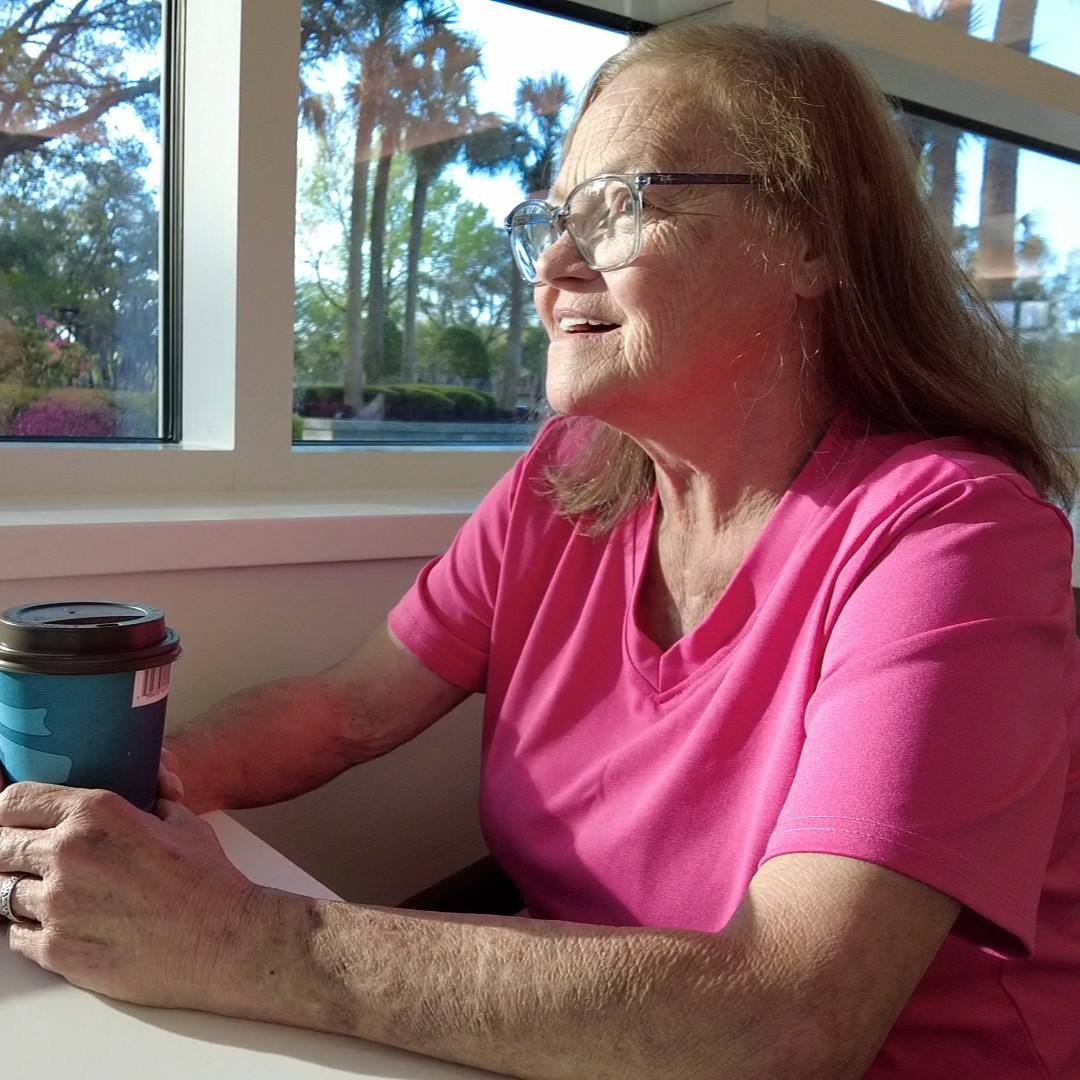Jack Stiehl, 71, Sun City West, Ariz., was diagnosed with congestive heart failure in 2004. He had difficulty breathing and was easily winded. In 2007, with ever worsening symptoms, Stiehl recalls his local physician saying he was out of options; he wasn’t a candidate for a heart transplant.
Then, a friend suggested Mayo Clinic. “I was severely debilitated when I went to Mayo, but I was hopeful they could help me,” says Stiehl. “I didn’t want to die.”
A week after his first appointment, Stiehl had open heart surgery to implant a ventricular assist device (VAD) to support his ailing heart. Now, Stiehl celebrates two birthdays — his actual birthday on Nov. 21 and the day he received his VAD, Jan. 10, 2008.
“The VAD gave me a new lease on life,” he says, noting that at two weeks post-surgery, most pain was gone. Still, Stiehl spent six weeks recovering in the hospital.
Linda Staley, VAD coordinator at Mayo Clinic in Arizona, says 21- to 30-day hospital stays are typical for VAD recipients. “They often are in less than ideal condition before surgery,” she says. “While they’re in the hospital, we need to help them get strong enough to go home and teach them how to live with a VAD.”
Stiehl says maintaining the VAD becomes part of the daily routine. “I change the battery once a day. My wife, Charlotte, changes the sterile dressing,” he says.
Stiehl is back to golfing two to three times a week, and he sings in a chorus and a church choir. “There’s very little I can’t do,” he says.
Stiehl participates in a monthly support group for VAD patients at Mayo Clinic in Arizona. Patients and family members share tips and encourage each other, says Tisha Pathuis, heart transplant social worker and support group coordinator.
“Once you’re a VAD patient at Mayo, you’re a patient forever, and they never stop caring about you and for you,” says Stiehl. “Every night, I say thank you to God and to Mayo Clinic.”








